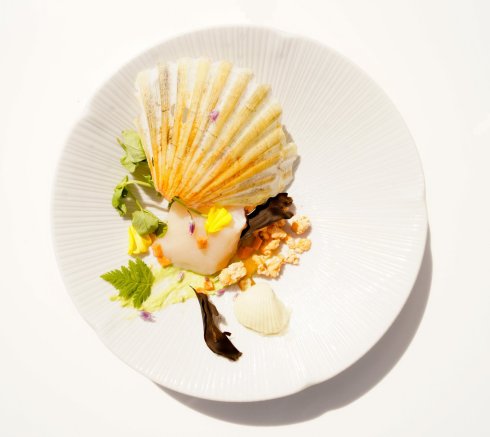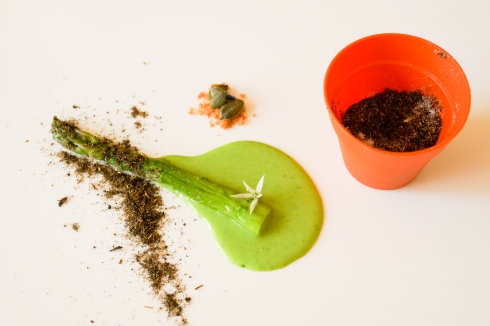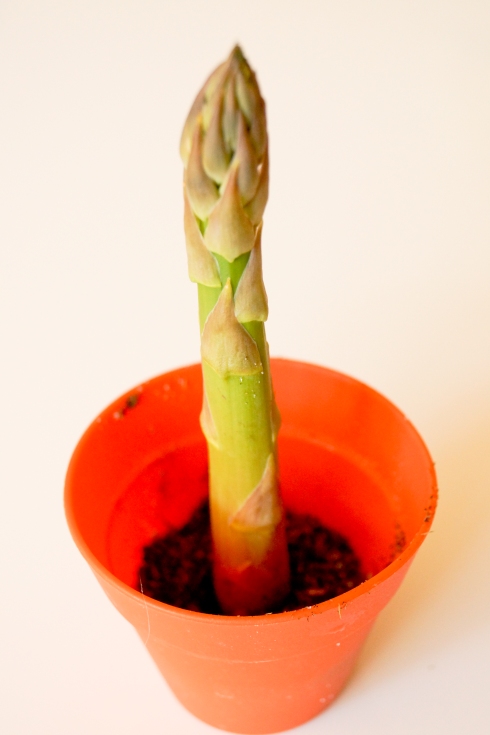
Few things make the seasons pass faster than getting older and watching children grow, though attempting to cook in a way that’s true to nature and resisting the urge to buy in ingredients from warmer climes comes a close second. Just as you get used to the fine summer harvest, it disappears to be replaced by autumn fare, and then – in the blink of an eye – it’s all change again and you’re hurtling headlong into winter. This time of the year puts a serious crimp on the availability of fresh produce in this part of the world.
Little wonder we all used to be so well versed in the fine art of preservation, using any means necessary – freezing, acid, sugar, alcohol, dehydration, salting, even sand – to add longevity to supplies gathered during brighter days. For anybody serious about food seasonality, tapping into these age-old techniques is imperative. But that doesn’t necessarily mean slavishly following the old rules….
Originality so often comes, not from freshly minted inventions or brand new ideas, but by asking ‘what if?’. The greatest strides can be made simply by taking something out of its comfort zone or placing it in a new context. Everybody wonders what the next big thing will be in gastronomy, without really considering that the most influential chefs of recent times – Ferran and Albert Adria – helped change the face of modern cookery, not by dreaming up convoluted new techniques, but by having the gumption to take processes and ingredients out of the commercial food production laboratory and into the restaurant kitchen…. and then the skill and imagination to be inspired by this new bag of tricks.
Free from the shackles of high-sugar gelling, what else can we make jam, jelly, pickle and marmalade out of? What happens when we go beyond the obvious with acids? And how about alkalis? Are there any new applications for curing? Okay, so we’ve all gone retro and now have a bale of hay in the kitchen – but what else do our collective sense memories suggest can be used for smoking food? And what else can we smoke, for that matter? How best to infuse, what to do it to and how to blend it? Is there more to drying and candying than meets the eye? What don’t we freeze that might actually transformed by the process? And just how do we make use of the fruits of these labours? How about forgetting about sweet, savoury, and any other preconceptions, and using intuition, imagination and maybe a little chemistry to find out what really does pair up well?
Cooking is so often a matter of learning by repetition, of days filled with ‘what next?’. Next time we shouldn’t be afraid to a try a little ‘what if?’. What’s the worst that can happen?













